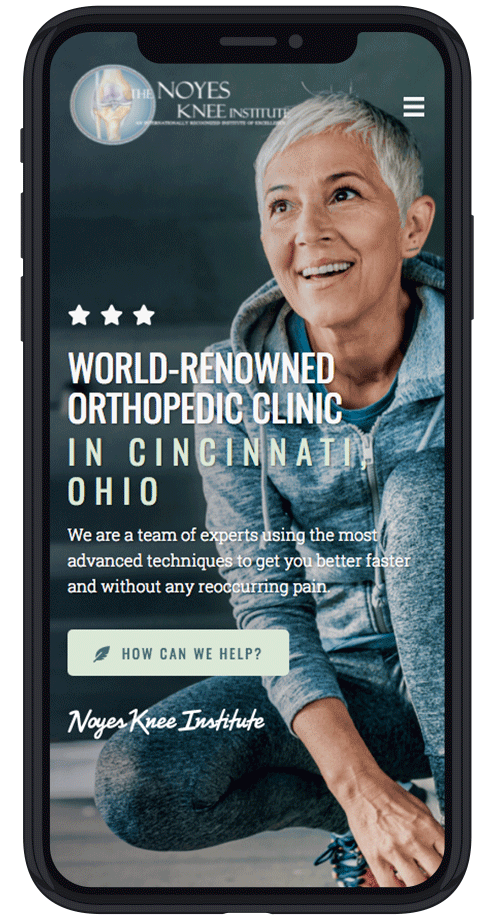Published On
Category
Cycling can be either good for your knees or bad depending on a lot of factors. Even though cycling is low-impact, it uses a lot of repetitive motion and positions that put strain on your knees if you’re not careful. Just like any sport, you can hurt yourself if you don’t take precautions or prepare correctly. Here are some ways cycling is both good and bad for your knees and how you can avoid problems.
Ways Cycling Can Be Good for Your Knees
Cycling has many benefits for your joints and overall health, including your knees.
Joint Pressure
Since you sit for the most part in cycling, it’s a great way to alleviate the pressure on your feet and leg joints without having to give up exercise overall.
Different Positions
As you cycle, you can either sit upright or lean over the handlebars a little bit. This allows you to alleviate sore muscles during long rides.
Controlled Movements
If you already have a knee injury, cycling allows for slow, controlled movements using several different leg muscles. It works your knees from a variety of different angles as you go through each stroke.
Ways You May Be Damaging Your Knees While Cycling
Even though cycling is an excellent way to take pressure off your joints and vary your routine, there are things that you might be doing that could be harmful to your knees.
Poor Positioning
Some cyclists put their body position too far forward and bear down hard because they feel it reduces wind resistance and gives them more power. This puts the body and knees in a strained position. It also puts pressure on your back.
Lack of Overall Muscle Training
If all you do is cycling, then you will likely overdevelop some muscles in some areas while others stay underdeveloped. These overdeveloped, tight muscles could put extreme strain on your knees especially when you pedal hard.
Poor-Fitting Equipment
Not having the right-sized bike can put your knees at the wrong angle and cause knee pain. Poorly fitting or poorly adjusted cleats can also cause strain on your knees.
Poor Preparation
Training too hard or doing a lot of riding all at once before you’re ready can cause needless wear and tear on your knees and muscles.
Ways You Can Reduce Injuries to Your Knees
Fortunately, you can take action to make cycling easier on your body, reduce pressure on your knees, and even improve your knees’ condition.
Well-Fitting Bike
Make sure your bike is large enough and your seat can be adjusted high enough so that your leg is only slightly bent on the bottom stroke and the ball of your foot is right over the pedal.
Weight Training
Training other parts of the leg and your body can help reduce the strains put on the knees from overdeveloped muscles. Particularly train the glutes, hips, and core muscles in addition to your quads, calves, and hamstrings.
Increased Effort
Don’t start pounding away without building up your stamina and strength. Another tip is to work in the right gear at the right cadence. Pedaling faster in a lower gear has many benefits without putting pressure on your knees.
Stretching and Warmups
Warm up before your ride and stretch afterward to reduce the tension in your muscles. Warmups can include riding slowly or doing a non-cycling exercise like walking.
Whether you ride competitively, commute daily, or just exercise occasionally, if you aren’t careful, you can cause permanent damage to your knees. If you have pain anywhere around the knee area, you could end up with severe knee damage in the end.
If you are having chronic knee problems and changing your routine or positions hasn’t made things better, then call and make an appointment with the Noyes Knee Institute to be checked out.

